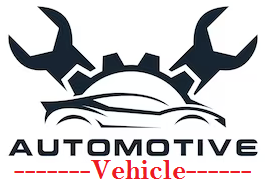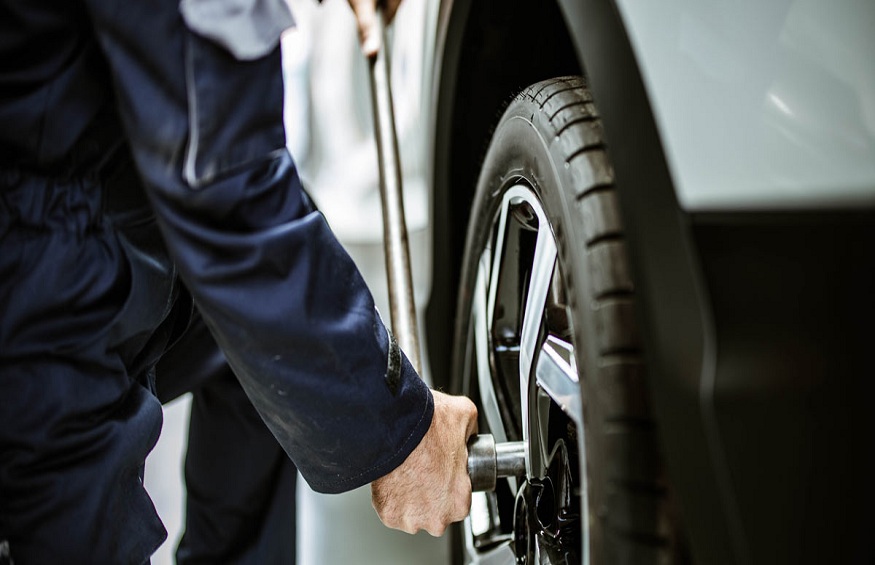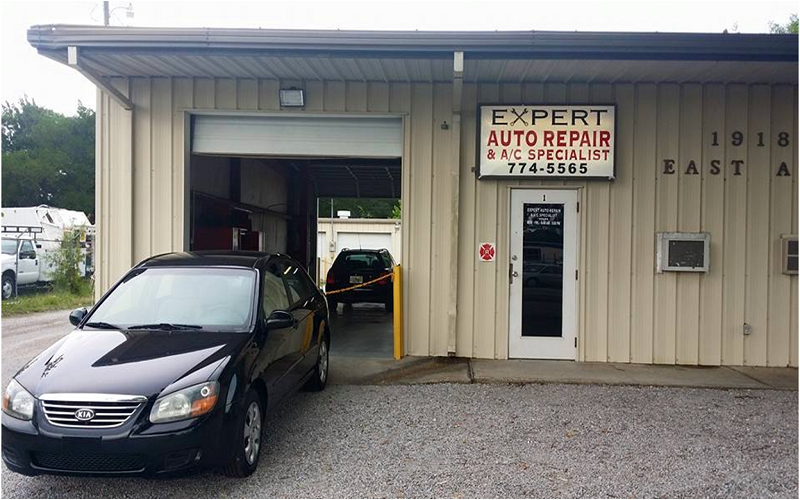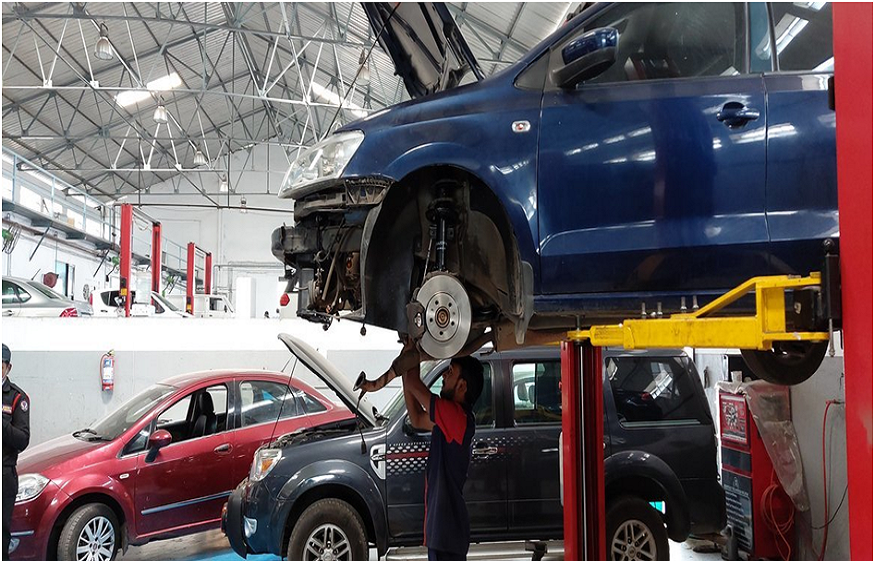There is nothing more unpleasant for a driver than noticing that a tire is flat just before getting behind the wheel. Or hearing the eerie sound of a tire dying as you speed down the highway. Fortunately, we have come a long way since the 1950s. From now on, tires no longer burst like balloons and modern technologies, such as runflat or tubeless, make it possible to avoid many inconveniences. Even standard, entry-level tires are proven tough.
Can we only change the flat tire?
Foreign body : the intrusion of foreign bodies into the tread leads to a more or less rapid loss of pressure. It is usually nails, screws, shards of glass or sharp stones that are responsible for punctures.
Wrong Pressure : Contrary to popular belief, over pressure is not the riskiest, but under pressure. In fact, driving under pressure can damage the internal structure of the tire and increase rolling resistance . The risk of a puncture is therefore very high and difficult to detect.
The behavior to adopt during a puncture.
Here, it is not a question of changing the wheel , but of adopting the most appropriate attitude to limit the risk of an accident.
Often, the reflex is to stop as soon as you feel the first wavering or steering problems. But during a sudden loss of pressure, or even an explosion, the best reflex is to accelerate slightly in order to recover enough handling for a controlled stop.
The use of tire sealant or a spare wheel.
It is possible to temporarily repair a tubeless tire (without inner tube) with an anti-puncture spray if the damage is not too serious. The anti-puncture bomb contains a foam to seal the damage.
It is necessary to locate the place of the puncture in order to extract the foreign body and inject the contents of the bomb into the inflation valve. When taking the wheel again, it is advisable to drive at very moderate speed.
If temporary repair attempts have not worked, the spare wheel should be used. So remember to check the pressure of your spare tire regularly.
To change your wheel , start by applying the handbrake and engage a gear to immobilize the vehicle during the operation.
Loosen the nuts on your rims, raise the car with the jack and finish unscrewing the nuts to remove the wheel. Then place the spare wheel and retighten the nuts. Once the car is on the ground, tighten the nuts again.
The spare wheel is not a tire like the others and cannot be driven at more than 80 km/h! Under no circumstances should it replace the flat tire in the long term.
How to make sure that a tire is well repaired?
Unless you are equipped with a tubeless repair kit and know how to use it, it is essential to go to the garage.To check the extent of the damage, it is imperative to demount the tire from the rim and inspect both the exterior and the interior of the tyre. Sometimes a tire that looks repairable from the outside turns out to be unserviceable.
A simple cap is not enough to repair the tire because there is no guarantee that air will not continue to escape. Finally, blocking the passage of air with an adhesive substance is not enough either because moisture can infiltrate and accelerate the rusting of metal components.
To be repaired properly, the inner membrane must be cleaned, freed of impurities, plugged and coated with a special lotion because the rubber compound that seals the air requires specific care for ideal performance.
These are tires originally developed by Michelin (PAX) and today manufactured by all the major manufacturers. They benefit from sidewall reinforcement rubber, making it possible to support the weight of the vehicle even in the event of a puncture thanks to extremely rigid sidewalls. In the event of a puncture, it is possible to continue driving at reduced speed (80km/h) to the nearest garage. Runflat tires are marked with the following sign on the sidewall depending on the manufacturer: ZP, SSR, ROF, EMT, RFT and BSR.
Can runflat tires be replaced by conventional tyres?
If your vehicle is set to use run-flat tires , using conventional tires may cause an imbalance (see our article on unsprung masses for more details).
Runflat tires must be mounted on runflat rims (on the right in the photo below) with more marked relief, which prevents the tire from unhooking following the loss of pressure.
On the same axle, you are required to have the same level of wear (5 millimeters difference between the depth of the main grooves) and the same tire (same profile of the same size). Most of the time you will therefore have to change 2 tyres.
For 4WD cars, it is best to change all 4 tires because replacing the flat tire can cause malfunctions in the traction control or stability control systems. This can in some cases cause serious damage to the vehicle. You can only replace the flat tire if the other 3 tires are new or almost new.




